Ah, the age of e-reading. No longer are bookworms chained to dusty shelves, forced to choose between precious space and their ever-growing literary appetites. Now, sleek digital pages beckon, whispering tales of adventure and knowledge right into our palms. But amidst the smorgasbord of digital ink, two titans rise above the rest: the mighty iPad and the humble Kindle. Both promise an escape into fictional worlds, but where does the true bookworm’s heart lie? Who wins the battle iPad vs Kindle?
This, dear reader, is no ordinary review. This is a no-holds-barred showdown, a gladiatorial combat of features and functions waged in the name of literary bliss. So, grab your virtual popcorn and settle in, for we’re about to discover who truly reigns supreme in the realm of e-reading.

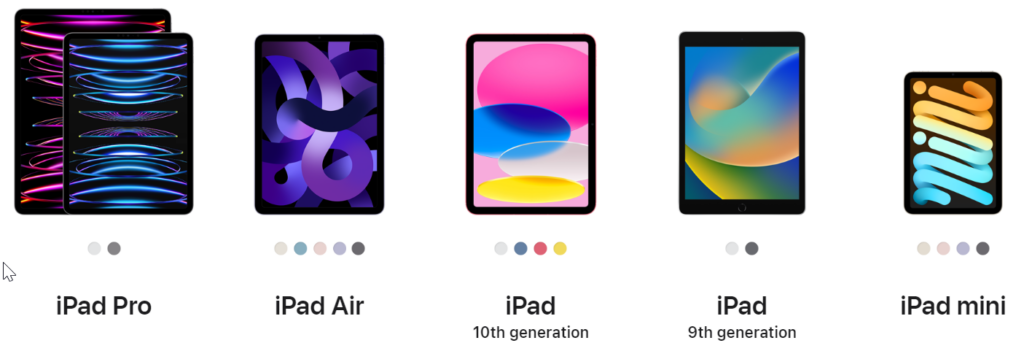
Both iPads and Kindles are fantastic gateways to the world of e-reading, but each offers a unique reading experience. Choosing the right one boils down to understanding your own needs and preferences as a bookworm. Here’s a breakdown of their key differences to help you navigate the e-reader battleground:
| Key Differences | iPad | Kindle |
|---|---|---|
| The Canvas: Pixels vs. E-ink | Its vibrant LED screen delivers stunning color and crisp text, ideal for graphic novels, magazines, and picture books. But beware, the constant backlight can tire your eyes during long reading sessions. | Its e-ink display mimics real paper, offering gentle, non-reflective reading even in bright sunlight. However, it’s strictly black and white, limiting its appeal for visual content. |
| Stamina: Power Hungry vs. Marathon Runner | Prepare to plug in frequently. While offering ample reading time, its power-hungry features and background processes drain the battery like a dragon guzzling treasure. | A champion of endurance, the e-ink technology requires minimal power, allowing you to enjoy weeks of reading on a single charge. Perfect for weekend getaways and long flights. |
| The Book Buffet: All-you-can-read vs. Curated Collection | Embrace open access! Download books from various sources, libraries, and even borrow from friends, creating a diverse and personalized library. However, navigating this smorgasbord can be messy, requiring more effort than a dedicated bookstore. | Step into the Amazonian jungle of titles! Boasting a vast library and seamless integration with your Amazon account, it’s perfect for discovering new releases and one-click purchases. But be prepared to stick within the Amazon ecosystem. |
| Beyond the Pages: Multitasker vs. Monk | It’s a digital Swiss Army knife! Read, check emails, play games, watch movies, and even do light work between chapters. Perfect for those who like to keep their reading intertwined with other digital activities. | A purist at heart, it focuses solely on the written word. While offering basic note-taking and audiobooks, venturing beyond reading feels like asking a fish to climb a tree. Perfect for those who crave laser-like focus on the story at hand. |
So, who wins? You do!
There’s no single champion, only the perfect e-reader for your unique needs. Ask yourself:
- Do you prioritize eye comfort and battery life? Go Kindle.
- Do you crave a versatile digital companion with access to a wider book selection? iPad is your friend.
- Do you love graphic novels and vibrant visuals? iPad sings.
- Do you seek a focused escape into the written word? Kindle awaits.
Ultimately, the best e-reader is the one that helps you lose yourself in the pages, one digital turn at a time. Happy reading!
Pros and Cons
The iPad: A Tale of Two Sides
The iPad, a titan of the tablet world, boasts impressive features and versatility, but it’s not without its shadows. Here’s a quick breakdown of the pros and cons to help you decide if it’s the reading champion for you:
The Kindle: A Haven for Ink-Stained Hearts
The Kindle, champion of e-ink and focused reading, offers a tranquil escape into literary worlds. But even this e-reader oasis has its limitations. Let’s explore the pros and cons to see if it’s your perfect page-turning companion:
The Verdict:
The Kindle is a haven for bookworms who crave focused reading sessions, gentle on the eyes, and battery life that stretches miles. Its simplicity and affordability make it an ideal first e-reader or a dedicated companion for those who prioritize words over pixels. However, if you seek a multi-purpose tablet with vibrant visuals and extensive note-taking, the iPad might be a better fit.
Price Showdown: iPad vs Kindle – Which Wallet Wins?
We’ve dissected screens, battery life, and reading experiences, but let’s face it, bookworming often hinges on a more pragmatic concern: cost. So, let’s delve into the wallets of iPads and Kindles, comparing their prices and exploring how your reading habits can impact your bottom line.
Upfront Cost: Clash of the Titans
- iPad (10.2-inch, 9th Gen): This base model starts at a hefty $329, leaving a dent in your reading budget.
- Kindle Paperwhite: This mid-range Kindle offers ample features for $139, a more pocket-friendly entry point.
- Kindle (Basic): The most affordable Kindle comes in at a mere $99, ideal for budget-conscious bookworms.
Winner: Kindle (Basic) takes the crown for wallet-friendliness, while Kindle Paperwhite strikes a nice balance between budget and features. iPad? Prepare to break the bank.
Accessory Arena: The Case for Protection
- iPad: Cases range from $20-$100+, depending on your desired level of protection and style. A keyboard case can cost even more.
- Kindle: Basic covers start around $10, with premium options reaching $30-$50.
- Winner: Kindles win again, with significantly cheaper case options. For an iPad, be prepared to shell out extra for protection.
Cost of Ebooks: A Maze of Marketplaces
- iPad: The open access market allows for diverse pricing. You can find deals like free classics and library loans, but new releases from major publishers often match print cover prices.
- Kindle: Amazon’s ecosystem offers frequent deals and discounts, with many popular titles cheaper than their print counterparts. However, you’ll be limited to their selection and pricing structure.
- Winner: This one depends on your reading habits. If you’re a price-conscious reader who enjoys classics and library books, the iPad’s open market can be cheaper. However, if you primarily read new releases, Kindle’s deals and discounts might win over.
The Verdict: A Tight Race with No Clear Victor
Choosing the most cost-effective option depends on your reading habits and budget priorities:
- Budget-Conscious Bookworm: Go for the Kindle (Basic) and its affordable accessories. Explore library loans and free classics on the iPad for even more savings.
- Diverse Reader: The iPad’s open market might be cheaper if you primarily read older titles or borrow from libraries. Kindle still offers deals on new releases, though.
- Tech-Savvy Multitasker: If you want the iPad’s versatility and larger screen, be prepared to pay a premium upfront and for accessories.
Ultimately, remember that e-reading is an investment in your love of books. Choose the device that fits your budget and reading preferences, and let the adventures begin!
Bonus Tip: Consider refurbished e-readers! Both Amazon and Apple offer certified refurbished Kindles and iPads at significantly lower prices, often with the same warranty as new devices.
Happy reading, bookworms! May your pages turn without burning a hole in your wallet.
Display Showdown: iPad vs Kindle
| Differences | iPad | Kindle |
|---|---|---|
| Screen | Larger, vibrant LCD screen with high resolution, ideal for comics and magazines. Can cause glare and eyestrain | Smaller, e-ink screen gentle on eyes even in bright light, but limited to black and white. |
| Customization | Both offer adjustable font, text size, and night mode for personalized reading | Both offer adjustable font, text size, and night mode for personalized reading |
| Glare | Significant glare in sunlight, making reading outdoors challenging. | No glare, perfect for sunny days and relaxed reading. |
| Eyestrain | Backlight can cause eye fatigue during long reading sessions. | E-ink technology minimizes eyestrain, ideal for marathon reading. |
| Lighting | Adjustable backlight for reading in any environment. | Built-in front light for comfortable reading in low light. |
Verdict:
- iPad: Best for visual content and customization, but beware of glare and eyestrain.
- Kindle: Gentle on eyes and perfect for focused reading, but limited to black and white.
Choose the display that suits your reading style and prioritize eye comfort if you’re a dedicated bookworm!
Use Case Showdown: iPad vs Kindle – Choose Your Weapon
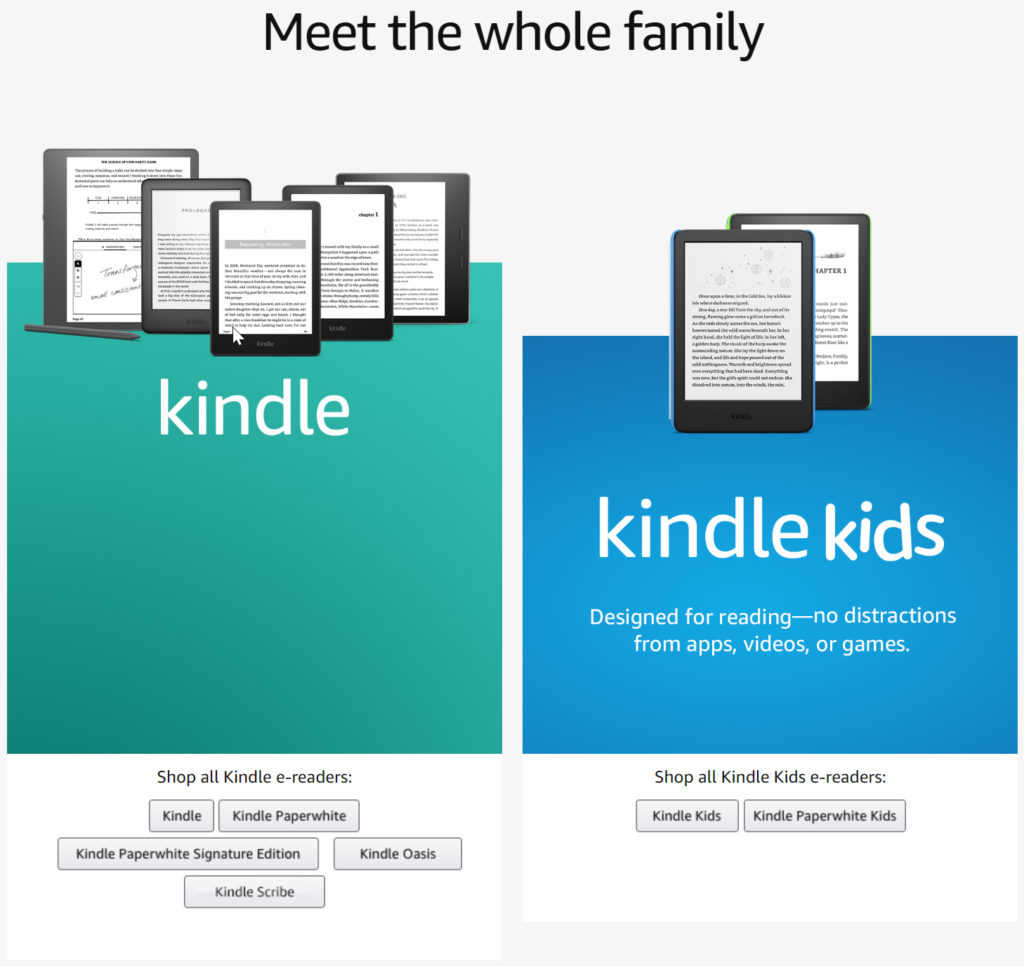
Casual Reading:
- Kindle: The gentle e-ink screen and focused interface are ideal for leisurely dives into fiction and non-fiction.
- iPad: While great for casual reading, the vibrant screen and multitasking capabilities can be distracting.
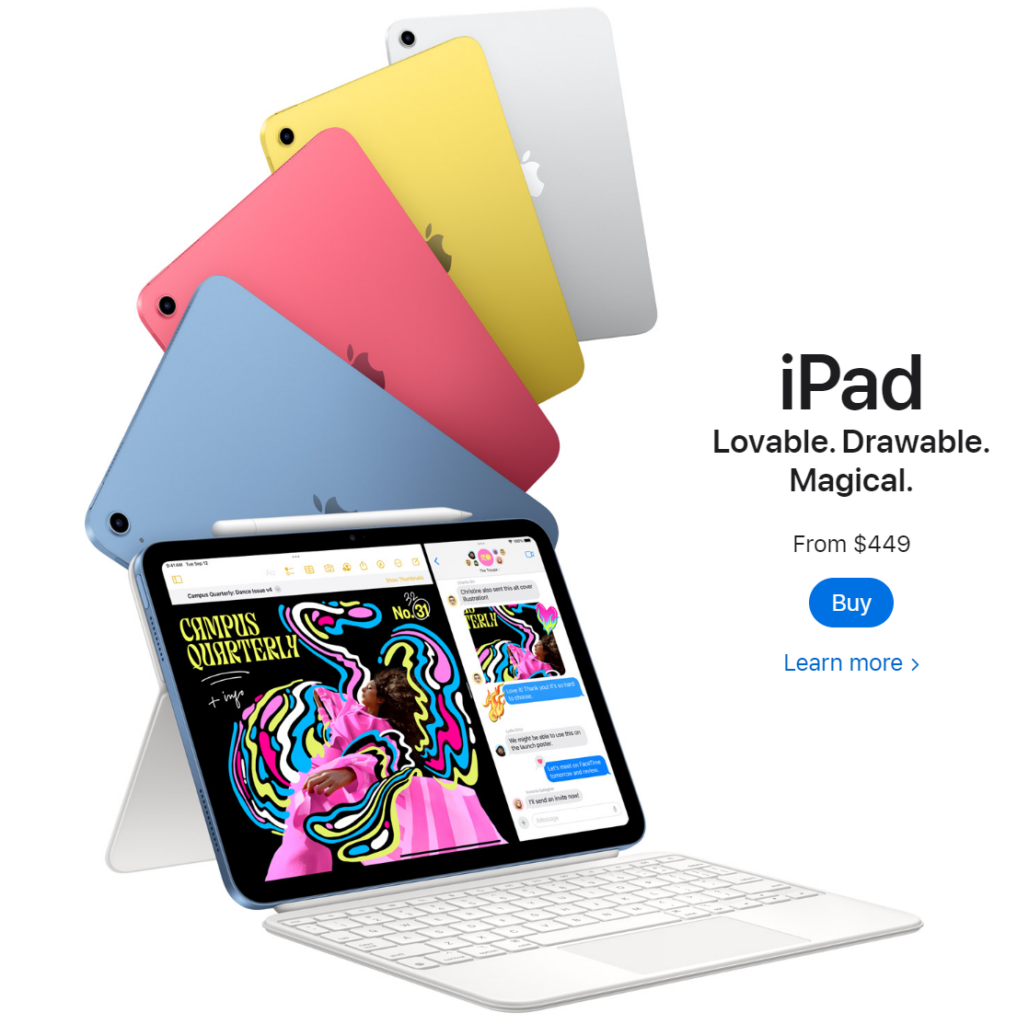
Academic/Intensive Reading:
- iPad: Larger screen, note-taking tools, and multitasking abilities shine for research, annotating, and referencing PDFs.
- Kindle: E-ink offers focused reading experience, but limited note-taking features may prove restricting for deep study.
Reading Outdoors:
- Kindle: E-ink technology minimizes glare, making reading enjoyable even in bright sunlight.
- iPad: Backlit screen causes significant glare, hindering outdoor reading comfort.
Reading PDFs and Illustrated Books:
- iPad: Larger screen and vibrant colors render complex layouts and images beautifully.
- Kindle: Limited screen size and black and white display can make PDFs and illustrated books difficult to navigate.
Reading at Night:
- Both: Adjustable front light offers comfortable reading in low light conditions.
- Kindle: E-ink’s gentler glow might be easier on nighttime reading for sensitive eyes.
The Verdict:
- Casual Reader: Pick the Kindle for a peaceful escape, or the iPad for a more interactive experience.
- Academic Reader: Consider the iPad for in-depth study and the Kindle for focused reading.
- Outdoor Reader: Go for the Kindle’s glare-proof e-ink.
- PDF and Illustrated Book Fan: The iPad’s larger screen and color display wins.
- Night Owl Reader: Both work, but consider the Kindle’s gentler light for sensitive eyes.
Remember, the ideal device depends on your reading habits and priorities. Weigh your needs and choose the tool that will optimize your literary journey!
Beyond the Book: Exploring the Feature Fiesta of iPads and Kindles
When it comes to e-readers, the battle extends beyond screens and words. Let’s delve into the extra features that set iPads and Kindles apart, helping you choose the device that caters not just to your reading style, but also your broader digital needs.
iPad: Tablet Titan Takes Flight
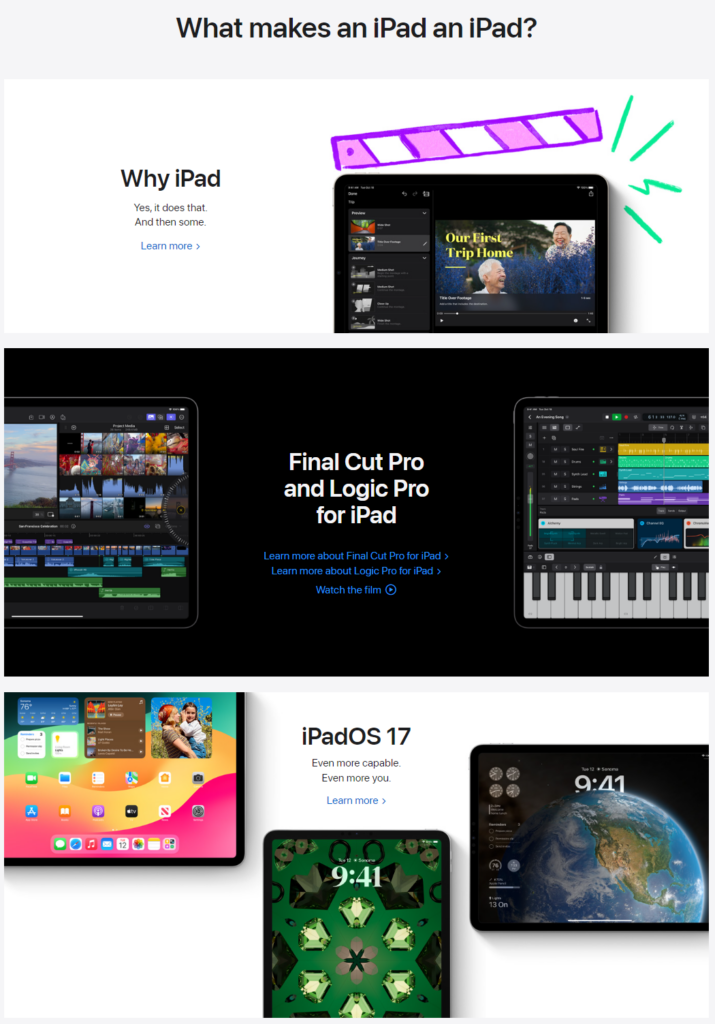
- Multitasking Mastermind: The iPad transcends mere reading, offering a gateway to browsing the web, playing games, watching movies, and utilizing countless apps. Your e-reader doubles as a portable entertainment hub and productivity powerhouse.
- App Arena Awesomeness: Explore a universe of apps, from language learning to note-taking tools, transforming your iPad into a personalized reading and learning companion. Want to delve deeper into your favorite book? Download an audiobook companion app or watch a documentary on its historical context. The possibilities are endless.
- Social Butterfly Bonus: Share your reading journey with friends, engage in online book clubs, and discover new titles through social media integration. For those who seek community around their reading hobbies, the iPad can be a valuable bridge.
Kindle: Focused Fortress of Fiction
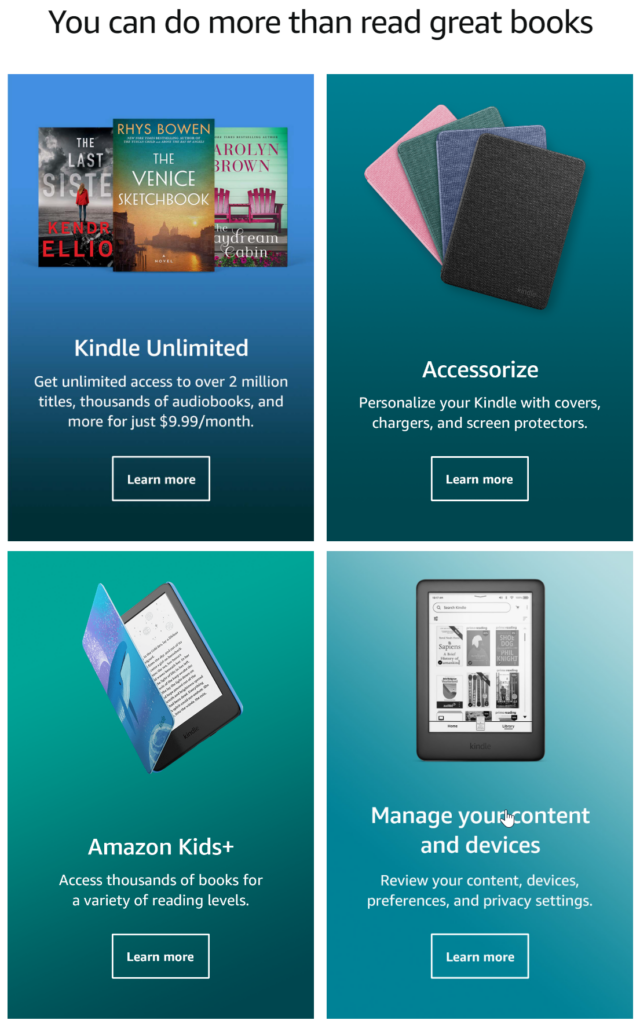
- Distraction-Free Devotion: Unlike the iPad’s siren song of apps and notifications, the Kindle champions laser-like focus on the written word. No pop-ups, no social media feeds, just you and the blissful oblivion of turning pages. For those who crave undisturbed immersion in narratives, the Kindle reigns supreme.
- Accessibility Angel: Kindle shines for vision-impaired readers, offering text-to-speech functionality, adjustable fonts and font sizes, and even a color correction mode for those with low vision. Accessibility features abound, ensuring everyone can enjoy the joys of reading.
- Battery Life Behemoth: Prepare to say goodbye to frequent charging woes. The Kindle’s e-ink technology sips on battery life, offering weeks of reading on a single charge. Perfect for weekend getaways, long flights, or simply marathon reading sessions without tethering yourself to a wall outlet.
The Verdict: A Symphony of Choice
Choosing between the feature sets of iPads and Kindles boils down to understanding your digital desires:
- Tech Omnivore: If you crave a multi-function marvel, the iPad’s app ecosystem and entertainment capabilities will delight you.
- Focused Bookworm: For those who seek an unwavering commitment to the written word, the Kindle’s distraction-free haven and exceptional accessibility features are a treasure trove.
- Battery Life Believer: If long reading sessions without the battery anxiety are your priority, the Kindle is your champion.
Ultimately, the ideal e-reader is the one that seamlessly integrates with your reading style and digital needs. So, dive deep into the feature pools of iPads and Kindles, and discover the device that will unlock your perfect reading experience.
Remember, the true journey lies not in the technology, but in the endless stories waiting to be devoured. Happy reading!
Library Access: Borrowing Bliss on iPads and Kindles
Beyond the pages they hold, e-readers shine when it comes to accessing your local library’s vast collection. But how do iPads and Kindles fare in this battle of borrowing bliss? Let’s dive into the ease of library access and file format support on each device.
iPad: Open Door to the Library Vault
- Multiple Access Points: Most libraries offer dedicated apps for e-readers, allowing seamless browsing and borrowing within the app itself. Alternatively, you can access the library’s website through the iPad’s web browser, navigating the catalog as you would on a computer.
- Format Freedom: iPads embrace a wider range of e-book formats, including popular choices like EPUB, PDF, and MOBI. This means you’re less likely to encounter compatibility issues with your library’s digital offerings.
- Borrowing Bonanza: Depending on the library app or website, borrowing can be a breeze. Look for features like one-click borrowing and automatic syncing to your e-reader library.
Kindle: Smooth Sailing with OverDrive
- OverDrive Integration: Most libraries utilize OverDrive as their e-book lending platform. Kindle seamlessly integrates with OverDrive, allowing you to browse, borrow, and download books directly on your device. This streamlined experience makes borrowing a joy.
- Amazon Advantage: If your library uses Amazon’s Kindle Direct Lending service, borrowing becomes even easier. Simply search for the book through your Kindle’s built-in store and borrow it with a click.
- Format Focus: While Kindle excels with its native MOBI format, it might not be compatible with all library e-books. EPUB support varies depending on the Kindle model, so check your specific device’s specifications.
The Verdict: A Draw with Different Strengths
Both iPad and Kindle offer convenient ways to access your library’s e-book treasures, but each has its strengths:
- Openness: iPad wins with its wider format support and flexibility in accessing library resources.
- Integration and Ease: Kindle shines with its seamless OverDrive integration and potential for one-click borrowing from Amazon.
Ultimately, the best choice depends on your library’s lending platform and preferred e-book format. Check your library’s website or contact them directly to see which platform they use and which formats are available.
Bonus Tip: Some libraries offer audiobooks through their e-book lending platform. If you’re an audiobook enthusiast, check your library’s offerings and see if either iPad or Kindle can handle them.
No matter which device you choose, remember that the world of library borrowing awaits. Open the digital doors, explore the vast shelves, and lose yourself in the magic of stories shared. Happy reading!
Conclusion
The e-reader showdown has been epic! Deciding between iPad and Kindle boils down to key factors like budget, reading habits, and tech needs. Budget-conscious bookworms and focused readers will find joy in the Kindle’s affordability and distraction-free experience. Casual readers and tech enthusiasts may enjoy the iPad’s vibrant screen and multitasking capabilities. Consider your favorite reading environment, format support, and library borrowing platform before making your final call. Choose wisely, adventurer, for the perfect e-reader awaits to unlock your next literary adventure!
Ultimately, the best e-reader is the one that helps you lose yourself in the pages, one digital turn at a time. Happy reading!
We’d love to hear from our readers. Do you prefer the iPad or the Kindle for reading? Share your experiences and preferences in the comments below!